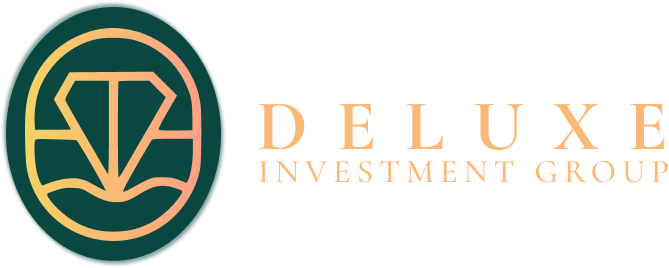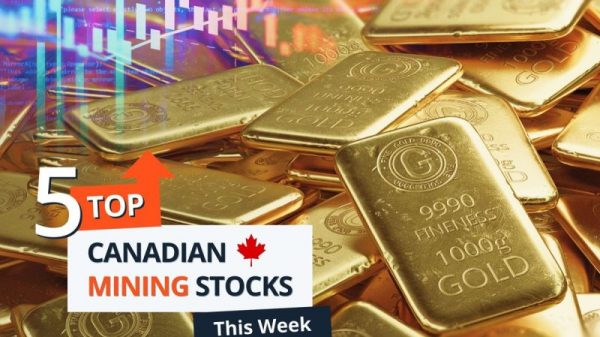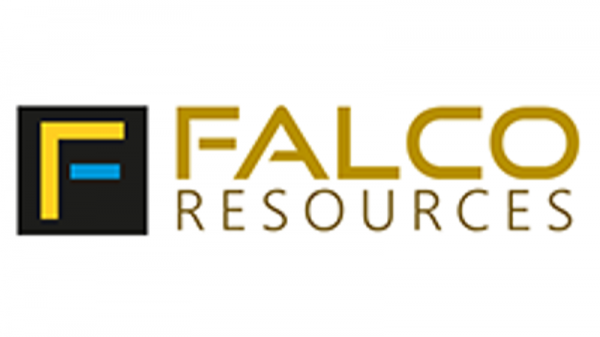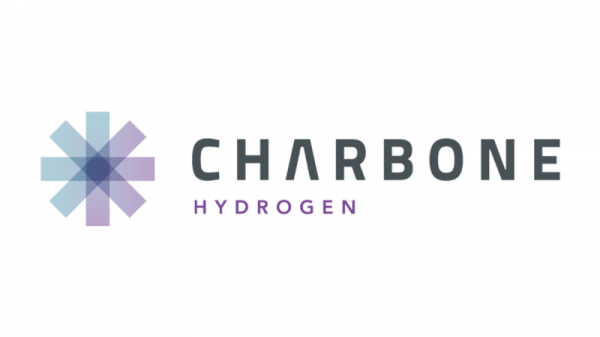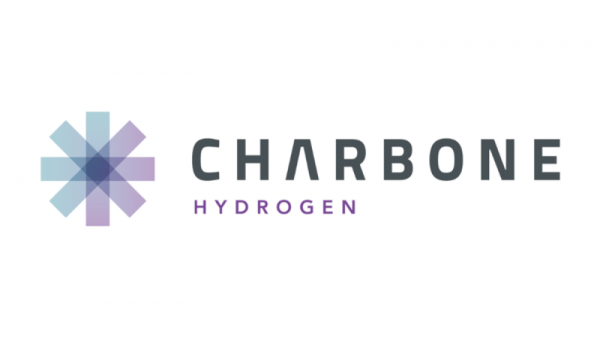The S&P/TSX Venture Composite Index (INDEXTSI:JX) saw a 1.6 percent gain on the week to close at 623.75 on Friday (January 31). Meanwhile, the S&P/TSX Composite Index (INDEXTSI:OSPTX) posted a 0.73 percent increase to hit 25,533.10. On the other hand, the CSE Composite Index (CSE:CSECOMP) was down 0.43 percent to reach 134.28.
Late Thursday (January 29) evening, Donald Trump announced that a previously threatened 25 percent tariff would be imposed on all goods entering the United States from Mexico and Canada beginning on Saturday (February 1).
A report from Reuters early on Friday seemed to offer some reprieve, with sources telling the agency that the administration was pushing back the start date for tariffs to March 1. However, the idea was rejected later in the day by White House Press Secretary Karoline Leavitt, who said the report was false.
The situation, which remains fluid, follows months of threats from the new US President, who had previously cited security concerns at the country’s northern and southern borders as the reason for the tariffs. However, more recently, his reasoning appeared to also include a trade imbalance with Canada.
There has been some uncertainty about whether Trump will permit carve-outs for oil imports, but the industry saw some pullback on Friday as the administration said it wouldn’t apply the full 25 percent tariffs to oil and gas until February 18.
Trump also indicated that exemptions may hinge on ‘if the oil is properly priced, if they treat us properly.’ Currently, the price of Western Canadian Select is US$60.38 per barrel. A 25 percent tariff would increase the price for US buyers to US$75.48, making it costlier than West Texas Intermediate, which trades at US$72.55 per barrel.
In Friday’s press announcement, copper was also offered an exemption for the time being, with tariffs set to come in at a yet-to-be-determined date.
It is unclear how Canada will respond to tariffs, but Ontario Premier Doug Ford said his province would consider cutting off the electricity it supplies to the US states of Michigan, New York and Minnesota. This move would immediately impact 1.5 million homes in those states.
Any tariffs the United States applies to its neighbors may also violate the USMCA trade agreement between the three, and could trigger legal action by Canada and Mexico. President Trump negotiated and signed the USMCA, which replaced NAFTA, during his first term in office, and it is valid until 2036. The deal will undergo yearly reviews beginning in 2026, at which point its terms can be modified or extended beyond its original expiry date.
It is unknown how much the prospect of tariffs affected key decisions earlier in the week by the US Federal Reserve and the Bank of Canada. When pressed, the central banks both maintained a neutral stance, largely avoiding the question of the Trump administration’s policy decisions.
On Wednesday (January 29), the Fed decided to maintain its benchmark rate in the 4.25 to 4.5 percent range. In his remarks, Chairman Jerome Powell cited continued economic growth and a balanced US workforce.
North of the border, Bank of Canada Governor Tiff Macklem announced that the BoC would cut its key rate by 25 basis points to 3 percent. In his statements he noted that, while tariffs were on the top of his mind, there was little the central bank could do through monetary policy to offset them.
The markets experienced high volatility this week following selloffs prompted by advancements from the Chinese AI startup DeepSeek and retail giant Alibaba (NYSE:BABA) earlier in the week. DeepSeek has emerged as a competitor to generative AI models like ChatGPT with significantly lower energy usage and investment needed.
The news also had a significant impact on uranium markets, which were seeing support from the need to power data centers to train AI. The price of uranium fell as much as 6.5 percent to US$68.70 per pound before recovering to US$71.20 per pound, and a selloff in uranium stocks led to double-digit falls for multiple major companies.
Markets opened the week down significantly on the tech news, but recovered some of their losses through the week. the S&P 500 (INDEXSP:INX) was up 1.2 percent to end Friday at 6,040.52 while the Nasdaq 100 (INDEXNASDAQ:NDX) gained 2.28 percent to 21,478.05. Meanwhile, the Dow Jones Industrial Average (INDEXDJX:.DJI) climbed 0.9 percent to 44,544.67.
Gold saw further gains this week, setting a new all-time high during intraday trading on Friday as it pushed toward the US$2,820 mark. Overall, the gold price increased 1.16 percent during the week to close at US$2,801.79 per ounce on Friday at 4 p.m. EST, its highest ever close. Silver performed strongly as well, closing the week up 2.34 percent at US$31.28.
On the other hand, the copper price fell 0.92 percent for the week to close at US$4.29 per pound on the COMEX, and the S&P GSCI (INDEXSP:SPGSCI) was down 1.61 percent to close at 561.93.
So how did mining stocks perform against this backdrop? We break down this week’s five best-performing Canadian mining stocks below.
Data for this article was retrieved at 4:00 p.m. EST on January 31, 2024, using TradingView’s stock screener. Only companies trading on the TSX, TSXV and CSE with market capitalizations greater than C$10 million are included. Companies within the non-energy minerals and energy minerals sectors were considered.
1. Belo Sun Mining (TSX:BSX)
Weekly gain: 71.43 percent
Market cap: C$114.35 million
Share price: C$0.24
Belo Sun Mining is an exploration and development company focused on advancing its Volta Grande gold project in Brazil.
The property covers approximately 2,400 hectares within the Tres Palmeiras greenstone belt in Para State, Brazil. The company has been working on the project since 2003, and acquired necessary development permits in 2014 and 2017.
A 2015 mineral reserve estimate demonstrated proven and probable resource of 3.79 million ounces of gold from 116 million metric tons of ore with an average grade of 1.02 grams per metric ton (g/t).
Development at the site stalled in 2018 after a federal judge ruled that the Federal Brazilian Institute of the Environment (IBMA) would be the competent authority for issuing environmental permits. The decision was overturned in 2019 with the Secretariat of Environment and Sustainability of the State of Para (SEMAS) reassuming its permitting authority. The decision was once again reversed in September 2023, returning authority to IBMA.
The company’s share price began climbing on January 23, when Belo Sun announced that the Federal Court of Appeals had reassigned SEMAS as the permitting authority for the Volta Grande project. The company said it was pleased with the decision as it enjoys a constructive and transparent relationship with the SEMAS and the agency is familiar with the project.
Belo Sun’s most recent news came on Monday (January 27), when it announced that La Mancha Investments had appointed Jack Lunnon as a new board director of Belo Sun. La Mancha acquired a 17.1 percent stake in Belo Sun in December 2024, which also gave it the right to select a board member.
2. Finlay Minerals (TSX:FYL)
Weekly gain: 66.67 percent
Market cap: C$10.51 million
Share price: C$0.100
Finlay Minerals is an exploration company working to advance a portfolio of projects in British Columbia, Canada.
The company’s Silver Hope property covers 21,691 hectares in the Skeena Arch region of Central BC. It is home to the past-producing Equity Silver mine. The company is working on several advanced targets on the site, including the Main and West, which are home to promising zones that host deposits of copper, silver and molybdenum.
Finlay’s SAY property is a 10,587 hectare site located in the Stikine Terrane, 140 kilometers north of Smithers. It hosts multiple deposits with copper, silver and molybdenum mineralization. Its ATTY property is a 4,498 hectare site in the southern Toodoggone region. The region has known deposits of copper, gold and silver mineralization, and the company has identified two porphyry targets.
The company has been working most recently on the PIL gold property, which is also located in the Toodoggone mining district. A 2016 discovery revealed a significant copper and silver porphyry system and a silver and gold epithermal system.
Hecla Mining (NYSE:HL) subsidiary ATAC Resources previously had an option in place to earn a 70 percent stake in the project. However, in an update released on January 20, Finlay indicated that the agreement was terminated on December 27.
The company also announced results from diamond drill holes in the PIL South target, including a broad interval that measured 0.1 percent copper, 0.05 g/t gold, 7.1 g/t silver and 0.18 percent zinc over 162 meters.
The company added that it was reviewing exploration data and would be assessing the next steps for a 2025 exploration program, with a focus on PIL South, following Amarc Resources’ (TSXV:AHR,OTCQB:AXREF) significant AuRORA discovery at its Joy property, which borders PIL South.
3. Discovery Silver (TSX:DSV)
Weekly gain: 58.16 percent
Market cap: C$616.71 million
Share price: C$1.55
Discovery Silver is a precious metals development company focused on advancing its Cordero silver project in Mexico. Additionally, it is looking to become a gold producer with its recently announced acquisition of the producing Porcupine Complex in Ontario, Canada.
Cordero is located in Mexico’s Chihuahua State and is composed of 26 titled mining concessions covering approximately 35,000 hectares in a prolific silver and gold mining district.
A 2024 feasibility study for the project outlined proven and probable reserves of 327 million metric tons of ore containing 302 million ounces of silver at an average grade of 29 g/t silver, and 840,000 ounces of gold at an average grade of 0.08 g/t gold. The site also hosts significant zinc and lead reserves.
The report also indicated favorable economics for development. At a base case scenario of US$22 per ounce of silver and US$1,600 per ounce of gold, the project has an after-tax net present value of US$1.18 billion, an internal rate of return of 22 percent and a payback period of 5.2 years.
Discovery’s shares gained significantly this week after the company announced on Monday that it had entered into a deal to acquire the Porcupine Complex in Canada from Newmont (TSX:NGT,NYSE:NEM).
The Porcupine Complex is made up of four mines including two which are already in production: Hoyle Pond and Borden. Additionally, a significant portion of the complex is located in the Timmins Gold Camp, a region known for historic gold production.
Discovery anticipates production of 285,000 ounces of gold annually over the next 10 years and have a mine life of 22 years. Inferred resources at the site point to significant expansion, with 12,493.5 million ounces of gold, from 254.5 million metric tons of ore with an average grade of 1.53 g/t.
Upon the closing of the transaction, Discovery will pay Newmont US$200 million in cash and US$75 million in common shares, and US$150 million of deferred consideration will be paid in four payments beginning on December 31, 2027.
4. Radius Gold (TSXV:RDU)
Weekly gain: 64.29 percent
Market cap: C$10.74 million
Share price: C$0.115
Radius Gold is a junior exploration company working on the discovery and advancement of prospective gold and copper projects in Latin America.
Its most recent focus has been on its Tierra Roja project located in the Arequipa region of Southern Peru. The site covers an area of 1,870 hectares and hosts silica-sericite alteration with outcroppings of copper oxide mineralization. According to the project page, prospecting on the site has produced chip samples with grades of 1.25 percent copper over 35 meters and 2.1 percent over 20 meters.
The company also owns the Amalia gold silver project in Chihuahua, Mexico, operated in partnership with Pan American Silver (TSX:PAAS,NYSE:PAAS), which owns a 65 percent stake in the project.
The property covers 6,450 hectares and has yielded high-grade drill results, including 12.39 g/t gold and 309 g/t silver over 44 meters at the Amalia target, 2.59 g/t gold and 353 g/t silver over 26.9 meters from the California target and 10.25 g/t gold and 841 g/t silver over 13.6 meters from the El Cuervo target.
Radius has not released news in 2025; instead, shares appear to be up following a high-grade copper gold porphyry discovery by AusQuest (ASX:AQD,OTC Pink:AUQSF) announced on January 23. The discovery is located very close to Radius’ Tierra Roja property in Peru.
5. Gensource Potash (TSXV:GSP)
Weekly gain: 42.86 percent
Market cap: C$40.48 million
Share price: C$0.100
Gensource Potash is a potash development company focused on advancing potash projects in Saskatchewan, Canada. The company aims to create a series of sustainable potash production facilities.
The Tugaske project, the company’s flagship project, is part of its Vanguard area, located about halfway between major cities Regina and Saskatoon.
According to the company website, construction of the project will begin once it secures last-mile financing. Once complete, the operation is expected to produce 250,000 metric tons of potash annually. Gensource has already secured a 100 percent purchase agreement with HELM Fertilizers for the first 10 years of production.
Shares in Gensource saw gains this week, although the company has not released news in 2025. Its last significant update on the Tugaske project came in December 2023 when it announced the Vanguard North 3D seismic program.
FAQs for Canadian mining stocks
What is the difference between the TSX and TSXV?
The TSX, or Toronto Stock Exchange, is used by senior companies with larger market caps, and the TSXV, or TSX Venture Exchange, is used by smaller-cap companies. Companies listed on the TSXV can graduate to the senior exchange.
How many companies are listed on the TSXV?
As of June 2024, there were 1,630 companies listed on the TSXV, 925 of which were mining companies. Comparatively, the TSX was home to 1,806 companies, with 188 of those being mining companies.
Together the TSX and TSXV host around 40 percent of the world’s public mining companies.
How much does it cost to list on the TSXV?
There are a variety of different fees that companies must pay to list on the TSXV, and according to the exchange, they can vary based on the transaction’s nature and complexity. The listing fee alone will most likely cost between C$10,000 to C$70,000. Accounting and auditing fees could rack up between C$25,000 and C$100,000, while legal fees are expected to be over C$75,000 and an underwriters’ commission may hit up to 12 percent.
The exchange lists a handful of other fees and expenses companies can expect, including but not limited to security commission and transfer agency fees, investor relations costs and director and officer liability insurance.
These are all just for the initial listing, of course. There are ongoing expenses once companies are trading, such as sustaining fees and additional listing fees, plus the costs associated with filing regular reports.
How do you trade on the TSXV?
Investors can trade on the TSXV the way they would trade stocks on any exchange. This means they can use a stock broker or an individual investment account to buy and sell shares of TSXV-listed companies during the exchange’s trading hours.
Article by Dean Belder; FAQs by Lauren Kelly.
Securities Disclosure: I, Dean Belder, hold no direct investment interest in any company mentioned in this article.
Securities Disclosure: I, Lauren Kelly, hold no direct investment interest in any company mentioned in this article.
